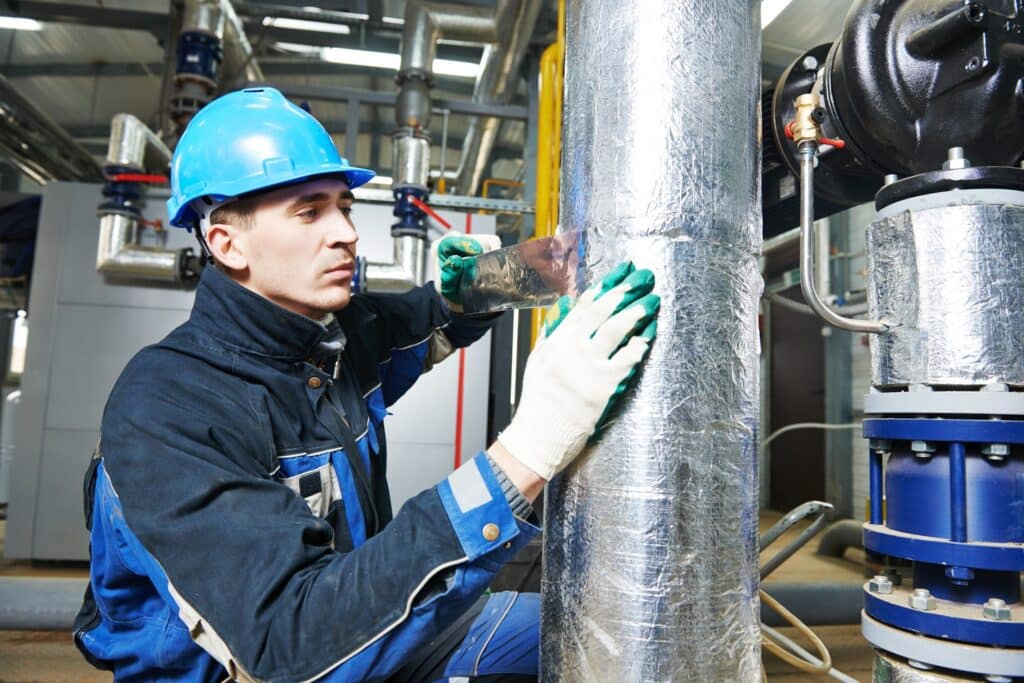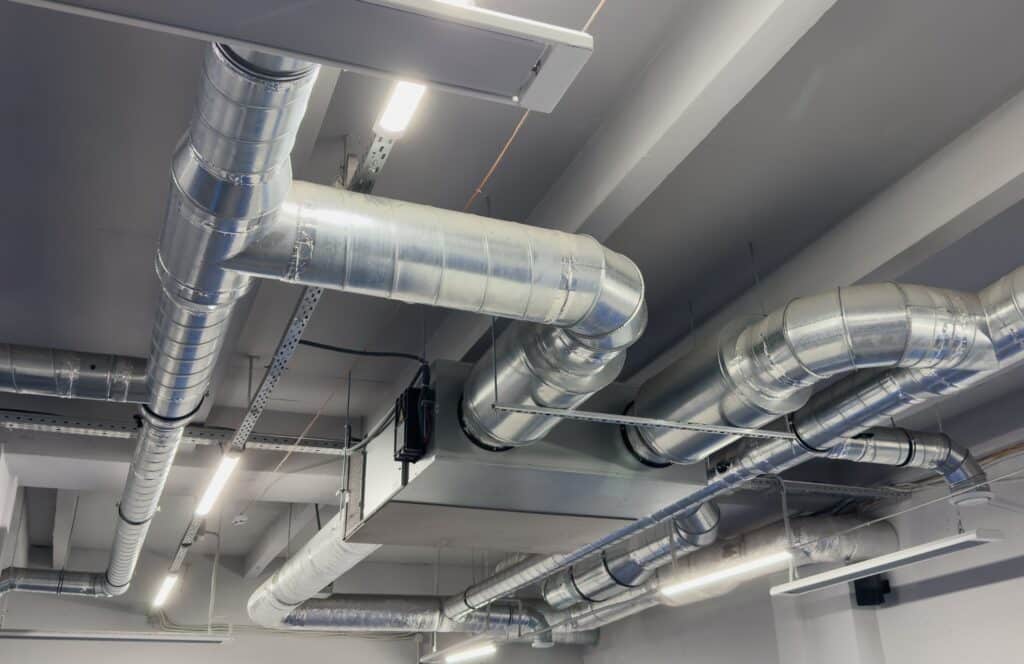
PVC pipe insulation has evolved over the years to meet the demands of more efficient, cleaner, and lower-maintenance building systems. In architectural projects, where technical performance must align with space planning and visual standards, insulation materials can impact long-term costs and overall system reliability. Choosing the right product depends on more than basic thermal resistance; you need to factor in durability, installation requirements, and compatibility with different pipe types.
Practical Use of Rigid PVC Films in Pipe Insulation
One effective option for modern builds is Isogenopak pipe insulation, a rigid PVC film commonly applied to pre-insulated pipes. It’s used as a protective jacketing layer that covers and seals insulation like mineral wool or fiberglass. In commercial spaces with visible mechanical runs, it gives a clean, smooth appearance while shielding insulation from moisture, dust, and physical damage.
This type of cladding has a natural curl from how it’s packaged, which actually helps it grip round pipe insulation during installation. It also resists oil and chemicals, making it suitable for industrial environments. For projects involving suspended ceilings or mechanical rooms where aesthetics and protection matter equally, rigid PVC jacketing like this helps maintain a professional finish while prolonging the integrity of the underlying insulation.
Why PVC Makes Sense for Modern Installations
PVC has a few properties that make it better suited to architectural settings compared to traditional metal jacketing or open insulation systems. It doesn’t corrode, doesn’t require additional coatings, and maintains a consistent appearance over time. Its resistance to cracking or flaking under normal indoor conditions makes it more suitable for use in office buildings, educational institutions, and public facilities.
PVC jacketing also works well in tight spaces, such as above ceiling grids or between densely packed ductwork and conduit. Installers can cut and secure it quickly using mechanical fasteners or tape, reducing time on site. This makes a noticeable difference when managing multiple runs with different pipe diameter requirements, especially in retrofit projects where access is limited.
Compatibility With Different Pipe Types
PVC insulation and jacketing systems adapt well to a wide range of piping materials. They can be installed over copper, CPVC, iron pipes, or even modern plastic pipe systems. Because PVC jacketing simply needs to match the shape and layout of the underlying insulated pipe.
In some applications, such as HVAC and cold water pipes, PVC jacketing is particularly helpful in reducing surface condensation and preventing the growth of mold. Since it is impervious to moisture, it adds another layer of protection to building assemblies, especially in humid zones like basements, bathrooms, and mechanical risers.
Choosing the Right Pipe Insulation Material Underneath
PVC jacketing usually wraps around another pipe insulation material, which does the actual thermal or acoustic work. Common choices include elastomeric foam, polyurethane, or fiberglass insulation, depending on the temperature and environmental conditions.
The choice of insulation beneath the jacketing affects outcomes like energy efficiency, temperature regulation, and overall system safety. For instance, fiberglass is often used in hot water lines to reduce heat loss, while closed-cell foam might be better in chilled water lines to prevent condensation.
Regardless of what’s underneath, the external PVC layer helps keep the insulation intact and operating as expected, especially in public or high-traffic areas where exposed insulation could easily be damaged.
Installation and Maintenance Factors
PVC pipe insulation products are generally designed with fast, repeatable installation in mind. In new builds, pre-cut sections can be ordered to fit specific pipe runs. For existing systems, installers often use pipe wrap methods or spiral applications to secure the jacket in place.
Once installed, maintenance is low. If damage occurs, sections can be replaced without removing the entire insulation system. For building owners, this translates to lower long-term maintenance costs and fewer disruptions during inspections or repairs.
In larger plumbing systems, where hundreds of linear feet of insulation may be used, this practicality adds up. Coordinating upgrades or replacements becomes easier when your insulation system is modular and simple to handle.

Planning for Durability and Performance
Insulation is often overlooked during design stages, but the right choices help support overall system resilience. PVC jacketing acts like a barrier that shields vulnerable insulation materials from wear and environmental stress. When exposed pipework is part of the building’s design or when pipes pass through unfinished zones, PVC helps extend service life.
Materials that offer long-lasting protection without recurring treatments or repainting simplify ongoing operations. They’re also easier to specify during the design phase since their performance is predictable and installation is straightforward.
In performance-driven buildings, like laboratories, healthcare facilities, or high-efficiency commercial properties, pipe insulation systems are often inspected and maintained regularly. Choosing materials that hold up under frequent cleaning or visual inspection avoids the need for premature replacement.
Conclusion
PVC-based insulation jackets meet modern expectations for performance, efficiency, and low maintenance. Matching the right jacketing to your insulation system helps improve reliability and function without overcomplicating the build. Choosing materials that work across different pipe types, reduce installation time, and protect against environmental damage will help you deliver better, longer-lasting results.
- 0shares
- Facebook0
- Pinterest0
- Twitter0



